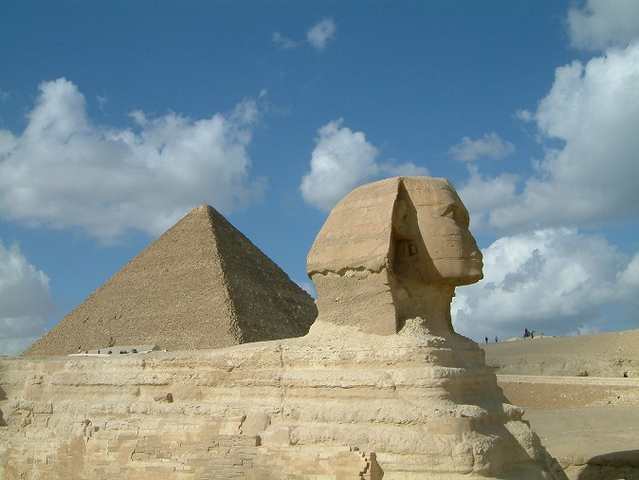Top 10 Underground Walks
As a follow-up post to Weird and Wonderful Hotels for the Globetrotter, enjoy some incredible underground adventure ideas!
I'm not claustrophobic usually, but some of these ideas (see # 4) boasting "Crawl through a small trapdoor into narrow, stifling tunnels"....
Um. No thank you. I'll save my money for Disneyland.
1.Underground City, Montreal, Canada
Take one of the 120 entrances into the largest man-made underground network in the world. About 500,000 people a day use its 20 miles (32 kilometers) of shopping malls, hotels, banks, offices, museums, and universities; there are also metro and train stations, a bus terminal, and an ice-hockey arena.
2.Mammoth Cave National Park, Kentucky
Place-names such as Grand Avenue and Frozen Niagara give a notion of what’s in the world’s longest cave system. The oldest part was formed 10 million years ago, 9.5 million years before Homo sapiens made an appearance.
3.Aktun Chen Eco Park Caves, Yucatán, Mexico
Walk by subterranean rivers (locally called cenotes) and peer through deep, crystal-clear water to the white floors of natural wells. Peace reigns in this surreal world of spectacular rock formations, stalactites, stalagmites, fossils, and fruit bats lying beneath untouched rain forest. Explore by foot or by scuba diving.
4.Cu Chi Tunnels, Vietnam
Crawl through a small trapdoor into narrow, stifling tunnels and enter an “underground village” with kitchen, dormitory, meeting room, and hospital. During the Vietnam War (1954-75) thousands of Viet Cong were based in the 125-mile (200-kilometer) network of tunnels. The “village” was never captured despite being bombed many times.
5.Hannan’s North Mine, Kalgoorlie, Australia
Descend 100 feet (30.5 meters) in a cage elevator to tunnels dug during Australia’s 19th-century gold rush. Try your hand at panning for gold. Kalgoorlie still produces 10 percent of the world’s gold.
6.Wieliczka Salt Mine, Kraków, Poland
It all started when salt was the medieval equivalent of today’s oil. Nine centuries of mining have produced miles of subterranean passages and gigantic caverns to a depth of 440 feet (134 meters). More than one million people a year visit the UNESCO-listed site, which features lakes, chapels and statues sculpted from salt, the world’s largest mining museum, a sanatorium for those suffering from asthma and allergies, and concert halls with peerless acoustics.
7.Berlin Nuclear Bunker, Germany
Take a few minutes to adjust to the dim light of this 1971 radiation-proof Cold War bunker. Feel the cold creep into your bones in the deathly silence. Tiers of narrow bunk beds for 3,562 people take up most of the space. The bunker could operate for 14 days, after which you would be cast out into the radiation-saturated debris of Berlin after a nuclear attack. It’s a spine-chilling experience.
8.The Paris Sewers, France
Every day 42 million cubic feet (1.2 million cubic meters) of wastewater gush through this 1,300-mile (2,092-kilometer) system. See 457 feet (139 meters) of sewer at work (with attractions including a manual flusher trolley that keeps detritus on the move) and learn about waste disposal through the ages. The smell is only a tad tangy and postcards are available, according to one guide, from a “sewer-venir store.”
9.The Catacombs, Rome, Italy
Walk the galleries, chambers, and churches of the necropolises beneath the Eternal City and imagine it in the early centuries of Christianity, when Rome was a dangerous place for believers and the caverns were lit by a myriad of flickering oil lamps. Don’t miss the graffiti—thousands of prayers written by anyone from popes to plumbers.
10.The Great Pyramid, Giza, Egypt
Descend 330 feet (101 meters) through a 3.5-foot-wide (1-meter-wide) passage into the heart of the only wonder of the ancient world that survives to this day. Inside the awesome inner sanctum is a sarcophagus, built of granite from Aswan, 625 miles (1,006 kilometers) away. About 5,000 years old and 30 times larger in area than the Empire State Building, the Great Pyramid has been the subject of centuries of speculation about its origins, construction, and purpose.












Comments